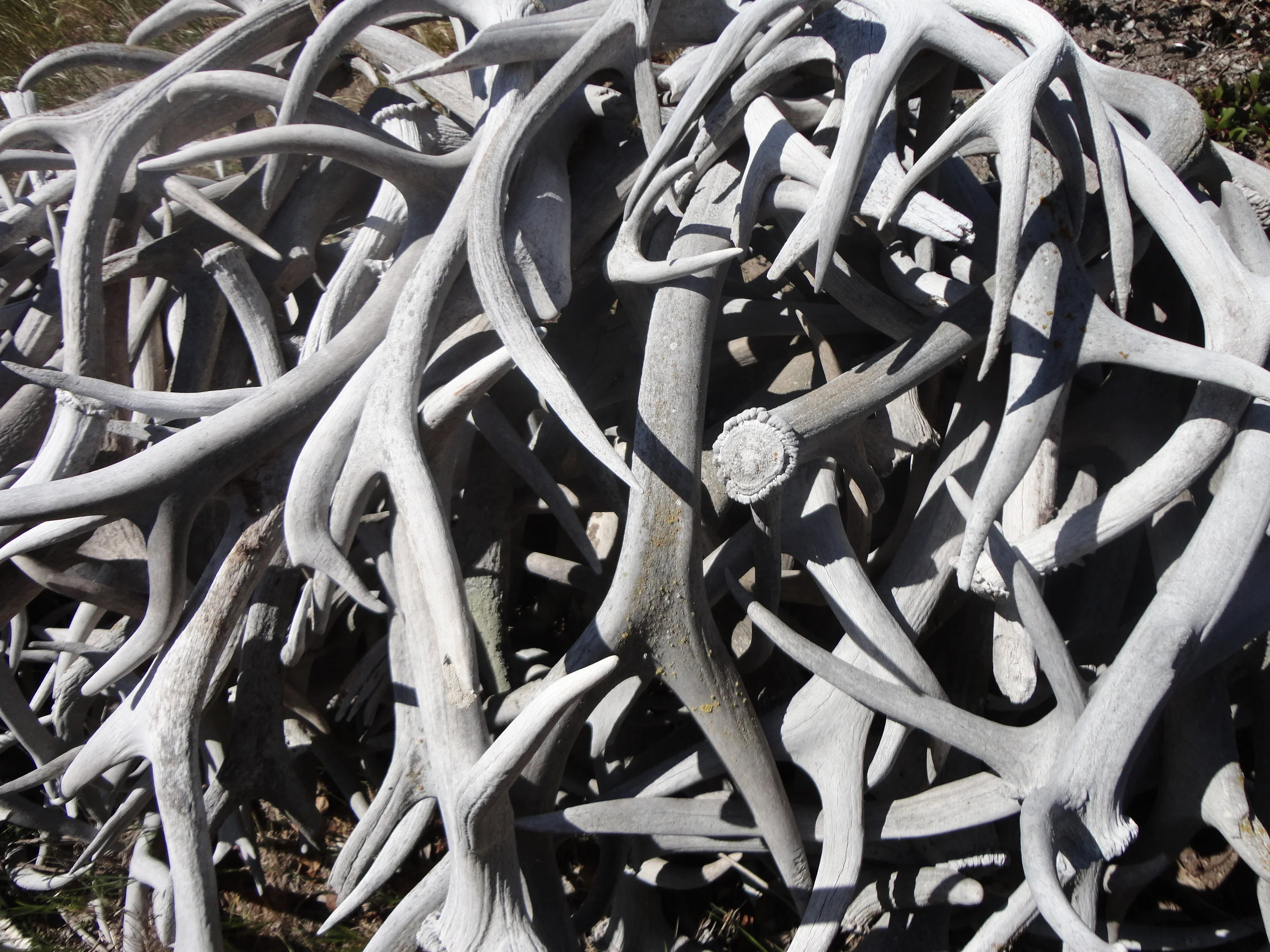The Channel Islands are often called “The Galapagos of North America” due to their isolation from the mainland and their many endemic plants and animals. The naturally rare island endemic species were particularly hard hit by the numerous non-native plants and animals that were introduced during recent centuries. In fact, introduction of nonnative species to the Channel Islands has imperiled many plants and animals. The current island managers now highly prioritize the need to manage or eliminate non-native animals in order to protect endemic species and native ecosystems. Eradication of non-native animals is a part of the broader ecosystem restoration programs that are ongoing and will continue.
Some of the non-native animals, such as cattle, sheep, pigs, and goats, were introduced intentionally because of their commercial value or for other purposes. Some non-natives, such as Argentine ants, earwigs, and rats, were introduced accidentally. For the past five decades, there have been a large number of successes in the eradication of non-native animals from the Channel Islands. Every island and every eradication story is different. However, the common thread is that the island ecosystems and the endemic species have responded positively every time a non-native animal has been eliminated.
- Kate Faulkner, Retired Chief of Natural Resources, Channel Islands National Park
Table Of non-native mammals on the CALIFORNIA Islands,
Past and Present With Links to Published Literature
San Miguel Santa Rosa Santa Cruz Anacapa Santa Barbara San Nicolas Santa Catalina San Clemente Guadalupe
Bison Present
Cats Eliminated Present Present Present
Cattle Eliminated Eliminated
Deer Eliminated Present
Donkeys Eliminated
Elk Eliminated
Goats Eliminated Eliminated
Pigs Eliminated Eliminated Eliminated
Rabbits Eliminated Eliminated
Rats Present Eliminated Present Present Present
Sheep Eliminated

